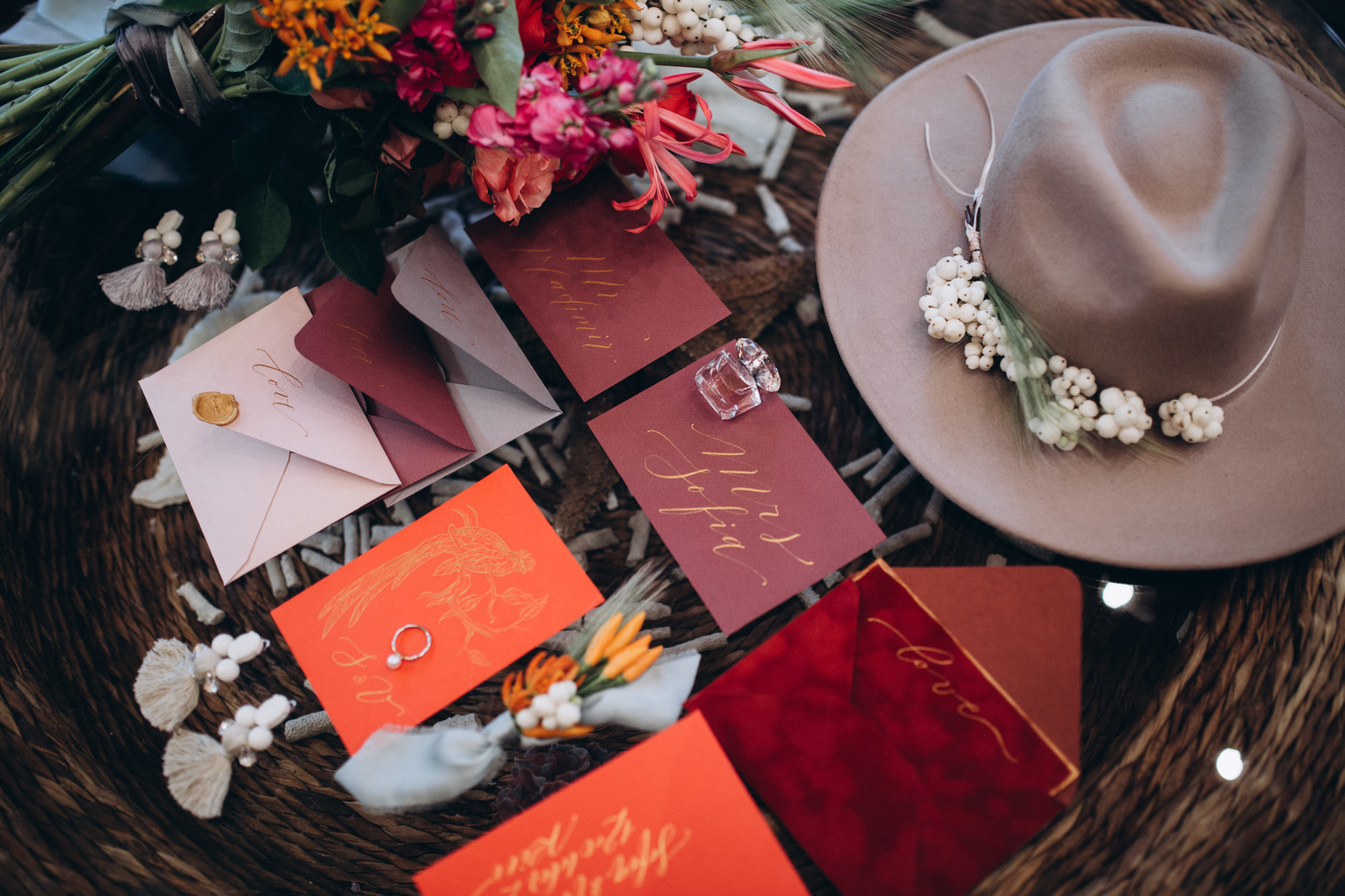Are you looking forward to the big day? If you’re set on a traditional wedding, one of the first things you must consider is your wedding invitations.
In days gone by, invitations were equally as important as the ceremony. Sadly, many couples need to remember the importance of wedding invitation etiquette.
Countless unspoken rules govern the invitation etiquette of a traditional wedding. In the following guide, we’ll give you the lowdown on what you need to know about sending invitations.
Who Is Inviting?
Traditionally, the bride’s parents have been responsible for sending wedding invitations. However, in modern times, it is becoming increasingly common for the bride and groom to send the invitations themselves, or for both sets of parents to send them jointly.
This shift reflects the changing cultural attitudes and societal norms around weddings and family dynamics. Regardless of who sends the invitations, it is important to follow traditional wedding invitation etiquette rules to ensure that the invitations convey all the necessary information formally and respectfully.
Invitation Wording
Traditional wedding invitation etiquette calls for formal language and a specific format that includes the names of the hosts (typically the bride’s parents), a request for the guest’s attendance, the names of the bride and groom, the date, time, and location of the wedding ceremony, and the reception venue if different. The wording should be clear, concise, and easy to read, with proper punctuation and grammar.
Addressing the Invite
Address the envelopes using the proper titles and spellings of the guests’ names. Use “Mr.” and “Mrs.” for married couples, “Ms.” for single women, and “Mr.” for single men. If a guest is a doctor, use “Dr.” before their name. Always spell out titles and full names, avoiding nicknames or abbreviations.
RSVP
Include RSVP cards with invitations and a stamped, self-addressed envelope for guests to return their responses. Set a deadline for the RSVP date to give you time to finalize your headcount and seating arrangements.
Dress Code
If you have a specific dress code for your wedding, include this information on the invitation. For example, if your wedding is a black tie, you should state “black tie” or “formal attire” on the invitation.
Plus One
A “plus one” refers to the option for a wedding guest to bring a date or companion with them to the wedding. When including a “plus one” option on a wedding invitation, it’s important to be clear about the number of guests allowed and to address the invitation to both the guest and their guest.
Gift Registry
It is considered impolite to include registry information on the invitation itself. However, having a separate card with the registry information or sharing this information on your wedding website is acceptable.
Send Invitations Early
You should send out wedding invitations at least six to eight weeks before the wedding. This gives guests enough time to plan their travel and accommodation if needed.
Thank You Cards
Remember to send out thank you cards to your guests after the wedding. You should do this within three months of the wedding day.
Understanding Wedding Invitation Etiquette Matters
Traditional wedding invitation etiquette rules are important when crafting your wedding invitations. Adhere to the guidelines to ensure your wedding plans are adequately communicated to your guests and your special day goes off without a hitch.
Get started today and make planning your traditional wedding invitation easy with our helpful guide!
Eager to see more tips? Get inspired by browsing through the latest content on our blog.




